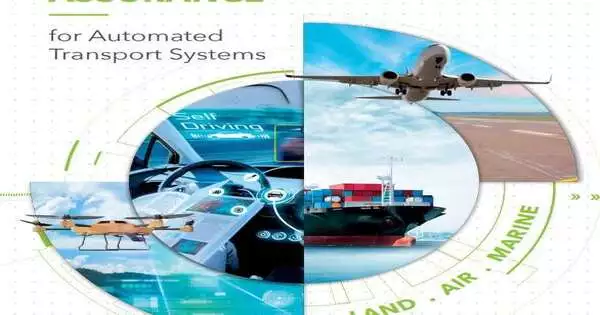The University of Warwick’s Warwick Manufacturing Group (WMG) has authored a new report that proposes a ground-breaking safety assurance framework for automated transportation.
Warwick’s extensive safety research led to the new report, which was developed, refined, and validated over a 12-month period with key transport stakeholders from land, sea, and air.
35 organizations representing industry, academia, government, and regulation from the UK and abroad have contributed to the report’s discussions over the past year. In order to ensure the safe introduction of automated transportation systems, the report urges government policy to address the same obstacles that all three domains face.
The Cross-Domain Safety Report emphasizes the global automated transport ecosystem’s economic potential, which is anticipated to exceed £750 billion by 2035. The United Kingdom will have a market share of approximately 6%, generating £42 billion and up to 38,000 new jobs.
“Automated system safety must be pre-competitive. WMG is incredibly grateful to all of the report’s contributors who have joined us on this trip over the past year.”
Professor Siddartha Khastgir, Head of Verification and Validation at WMG, University of Warwick,
The report suggests that in order to guarantee the safety of automated transportation systems, it is necessary to not only determine the level of safety of these systems but also to communicate this level to all stakeholders (society, regulators, policymakers, developers, etc.).
According to this new study, one of the main barriers to the safe introduction of automated transportation and consumer acceptance of it is trust and safety. Communicating the level of safety is crucial. Standardized definitions, new procedures for virtual test environments, a new scalable and manageable safety assurance framework, and the crucial role of independent organizations are among the report’s key recommendations.
The report emphasizes that while autonomous ships, aircraft, and vehicles have distinct safety assurance procedures, there are also significant crossovers. By aligning safety features across various modes of transportation, governments, developers, and manufacturers can then take advantage of this for increased safety and consumer acceptance.
“It’s important that we look ahead and do a horizon scan on emerging technologies… We’ve got to look ahead to make sure the regulations are in place,” said Ian Stewart MP, Chair of the Commons Transport Select Committee.
“It’s really interesting that this conference looked at these issues holistically because it’s easy to look at each mode of transportation as if it existed alone in the transportation industry, but there will be cross-cutting issues,” says the organizer.
“The safety of automated systems needs to be pre-competitive,” stated Professor Siddartha Khastgir, Head of Verification and Validation at WMG, University of Warwick. We at WMG are indebted to all of the report’s contributors for accompanying us on this journey over the past year.
We have demonstrated in the report on cross-domain safety assurance across land, air, and marine that there are numerous synergies in the approaches across the transport domains, capturing the group’s collective intellectual output. On the other hand, there are a few aspects that will be very particular to the domains and should be dealt with separately.”
More information: The report is available online: warwick.ac.uk/fac/sci/wmg/rese … nline_final_v2.0.pdf





